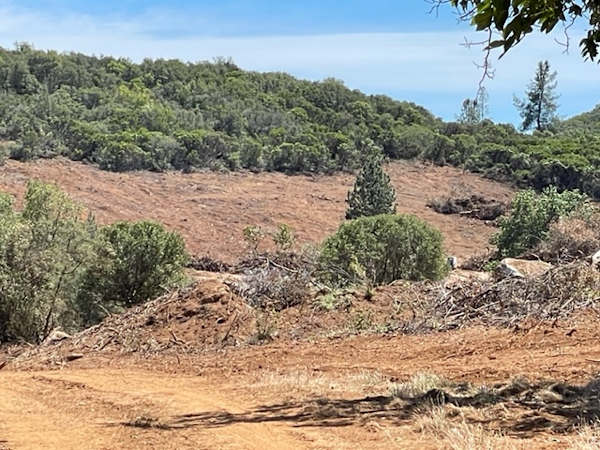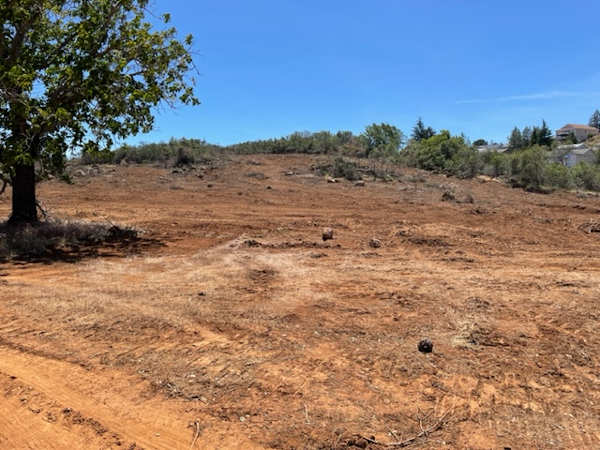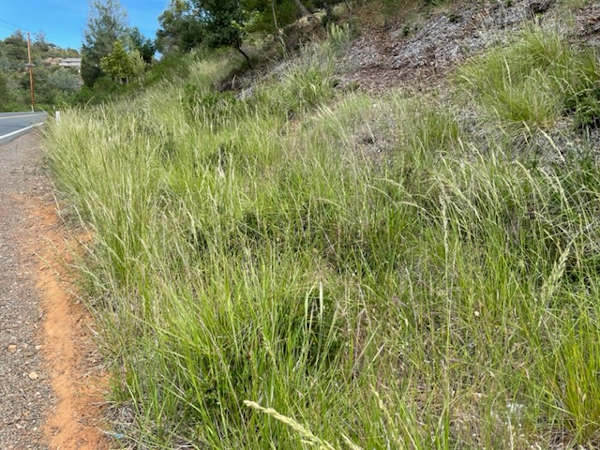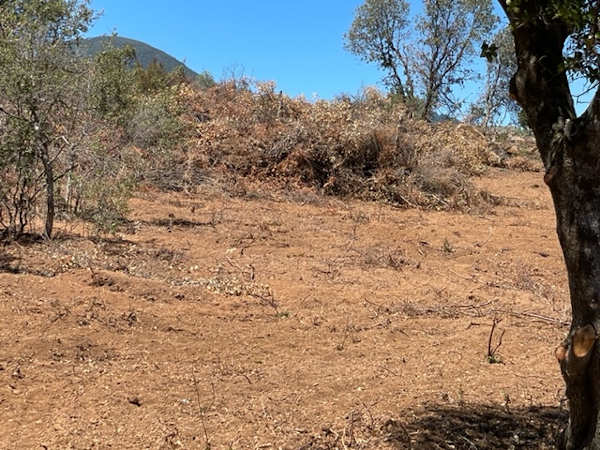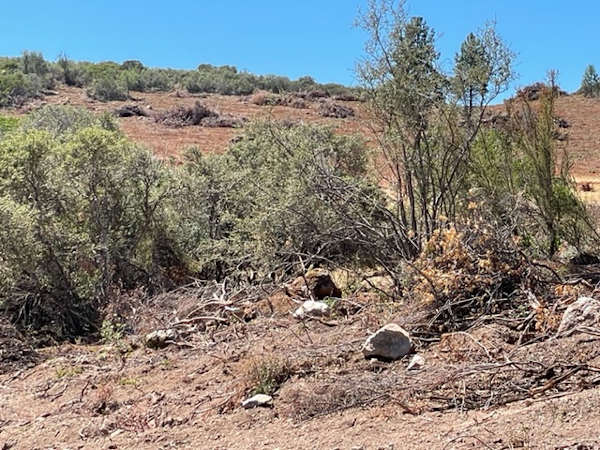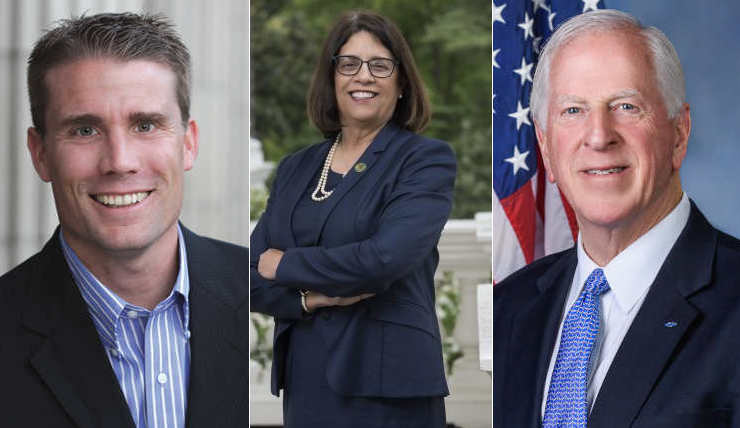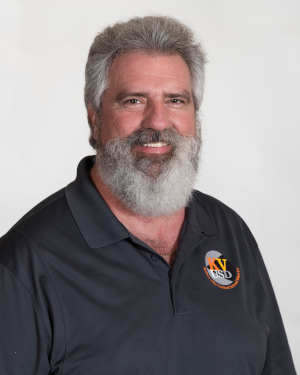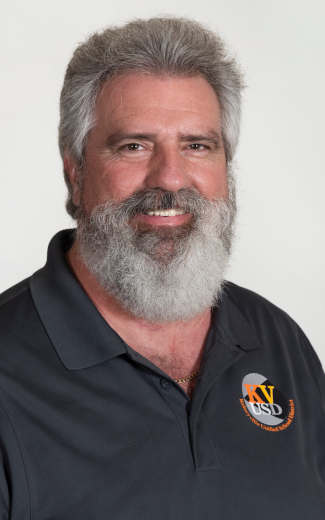- Tim Gill
- Posted On
Bilingual family liaisons make learning possible for all
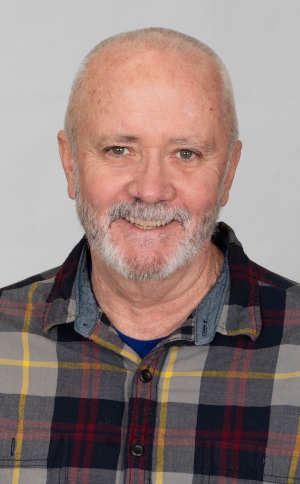
In the Konocti Unified School District, we have a significant number of English learners and Spanish-speaking families who face these hurdles every day.
Because we want every student to succeed, our goal is to help English-learner students learn enough English to fully participate in school. And for this to happen, we need to be able to communicate effectively with families, so students get the support they need at school and at home. When students are proficient in English, it increases their chances of success now and later in life.
This is where our wonderful team of bilingual family liaisons comes in. Marissa Ornelas of Pomo Elementary, Erika Suarez of Lower Lake High School, Karen Santana of Lower Lake Elementary, Liliana Garcia of Konocti Education Center and East Lake School, Vanesa Lozano of Lower Lake High School and Mayra Pantoja of Burns Valley Elementary are invaluable in connecting school staff with families and students. I'm grateful for our liaisons every single day.
Broadly speaking, they provide academic, social, and emotional support to Spanish-speaking students and other English learners. These students represent about 25 percent of our student body — that’s one in four students.
More specifically, our liaisons help Spanish-speaking students communicate and learn, and that starts with academics. In the classroom, liaisons provide a critical link between teachers and students, translating and answering questions so they can talk with one another. Sometimes the most powerful support they provide is simply to lend an ear, which can make all the difference to a student struggling to keep up.
In addition to classroom work our liaisons are trained administrators of the English Language Proficiency Assessments for California, or ELPAC, and as such, they oversee more than 1,000 crucial tests every year.
In short, our liaisons are a vital part of the education we provide to English learners here at KUSD. Without their presence in our schools, a quarter of our students and families would struggle with basic communications with the district.
When I asked a few of them recently about why they do this work and what it means to them, I loved their responses, so I’ll share a few here.
Liliana Garcia said, “The most rewarding part of my job is building a relationship with students. I want to be the person I didn’t have growing up in school.”
Karen Santana has similar motivations. “My goal is to help students like I’ve been helped,” she told me.
Erika Suarez said, “Families and students have become part of my family. My favorite thing is seeing students graduate.”
Our newest liaison, Vanesa Lozano, said, “I take pride and joy in what I do, and appreciate all the trust families give me. The best part of my job is making the education process easy for El parents.”
Marissa Ornelas, our longest serving liaison, feels much the same way. “The best part of coming to work is helping the parents and children. I love my children. I want to be the person parents can identify with.”
In addition to helping students excel in the classroom, liaisons make life easier for KUSD families.
Just because a student is proficient in English doesn’t mean their parents are. In fact, while a quarter of our students are Spanish speakers, about 36% of KUSD families speak Spanish at home.
For Spanish-speaking parents and guardians to successfully interact with English-speaking administrators, teachers, and staff, they sometimes need help from our liaisons.
When a Spanish-speaking parent comes to school to speak with their child’s teacher, for example, a liaison can translate the conversation, ensuring smooth communication.
Our liaisons also work with Spanish-speaking families to discuss their student’s English language proficiency, translate individualized education programs for special education students, and participate in parent-teacher organization meetings.
Each month, we host District English Learner Advisory Committee meetings. They're an opportunity for parents of English-learner students to engage with KUSD around their student’s education, district events, and important English-learner issues. Our liaisons are essential during these meetings, making our time with parents and families more productive and efficient for everyone.
While I’ve been speaking specifically about our bilingual family liaisons, I would be remiss if I didn’t mention Patty Voss. In addition to her many other responsibilities, Patty serves as the liaison between the bilingual family liaisons and our district office. In addition to performing much of the same amazing work as our liaisons, Patty coordinates all KUSD English-learner services. Patty has been with KUSD for more than 30 years and is universally loved and respected for her work with our students and their families.
In summary, if you're not a Spanish speaker or the parent of an English learner, you might not get the chance to know these educators, so I wanted to share just how lucky we are to have them.
Whether they work with your kids or not, our liaisons make our school district and community better. And for that, they deserve our gratitude and appreciation.
Tim Gill is director of instructional support services for the Konocti Unified School District.

